Detailed Report: Packing Machine Components, Sensors, and Actuators
VerifiedAdded on 2021/04/09
|25
|1934
|139
Report
AI Summary
This report provides a detailed overview of packing machines, covering their essential components and operational mechanisms. It begins by introducing various types of packing machines, such as filling machines, labeler machines, luggage wrapping machines, and capping machines, highlighting their respective functions in different industries. The report then delves into the key components of packing machines, emphasizing the role of sensors, actuators, and control systems. It elaborates on the different types of sensors, including photoelectric sensors (Thru-Beam, Retroreflective, and Diffused), temperature sensors (RTD and Thermocouple), and strain gauges, explaining their working principles, advantages, and disadvantages. Furthermore, the report discusses actuators, specifically linear and rotary actuators, detailing their functionalities. Finally, it explores control methods, focusing on Arduino Uno and PLC, outlining their specifications and applications in automating packing machine operations.
1 out of 25
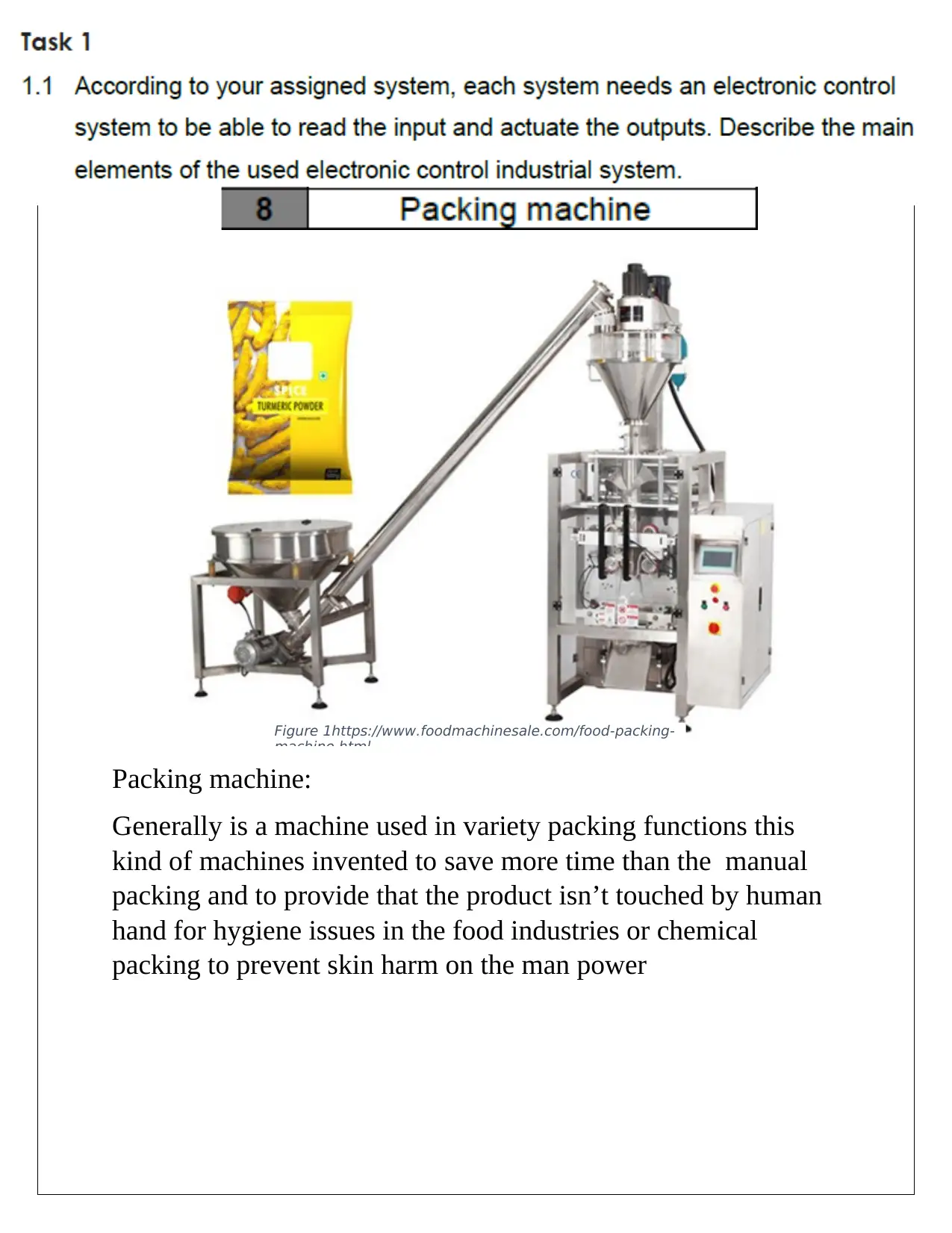
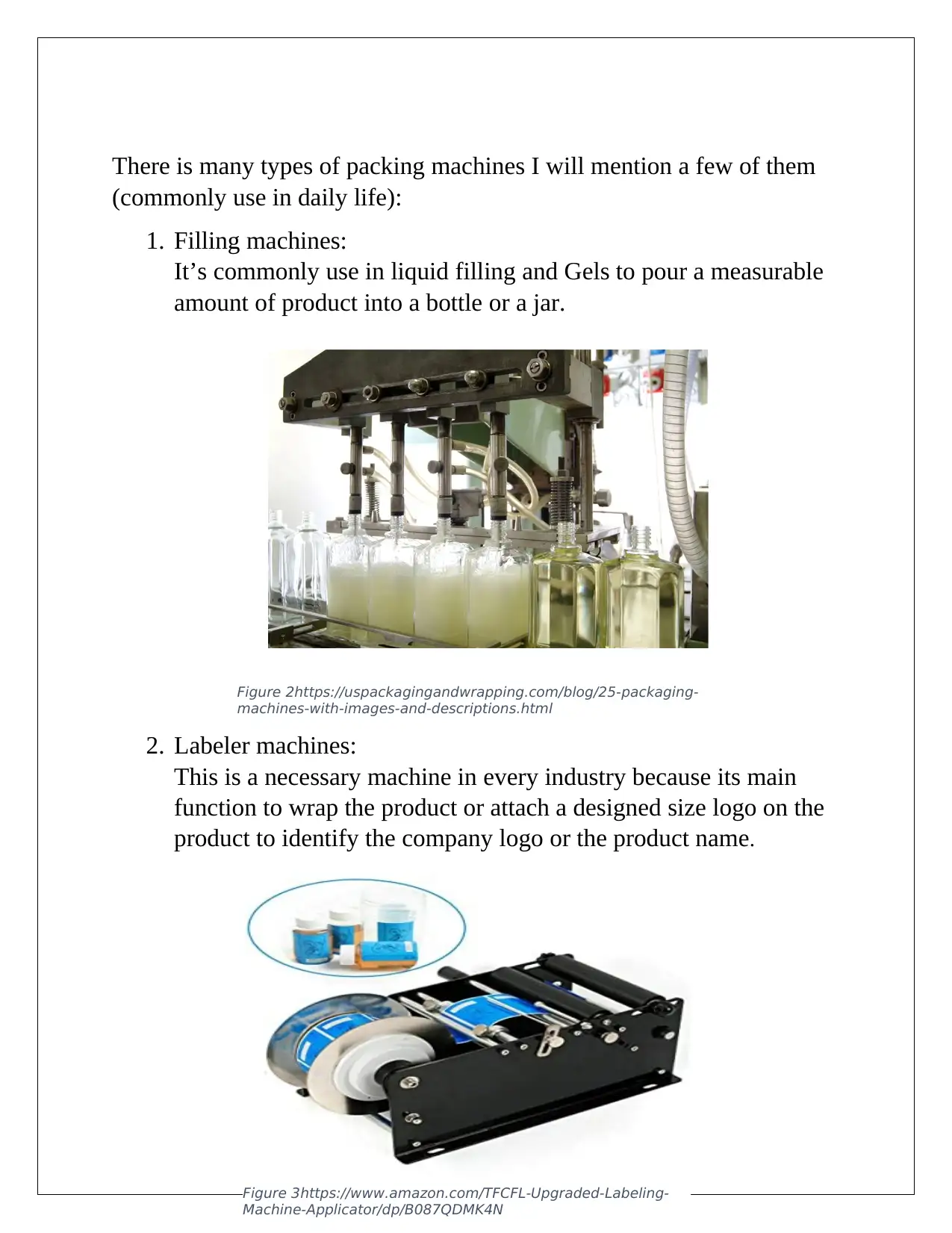
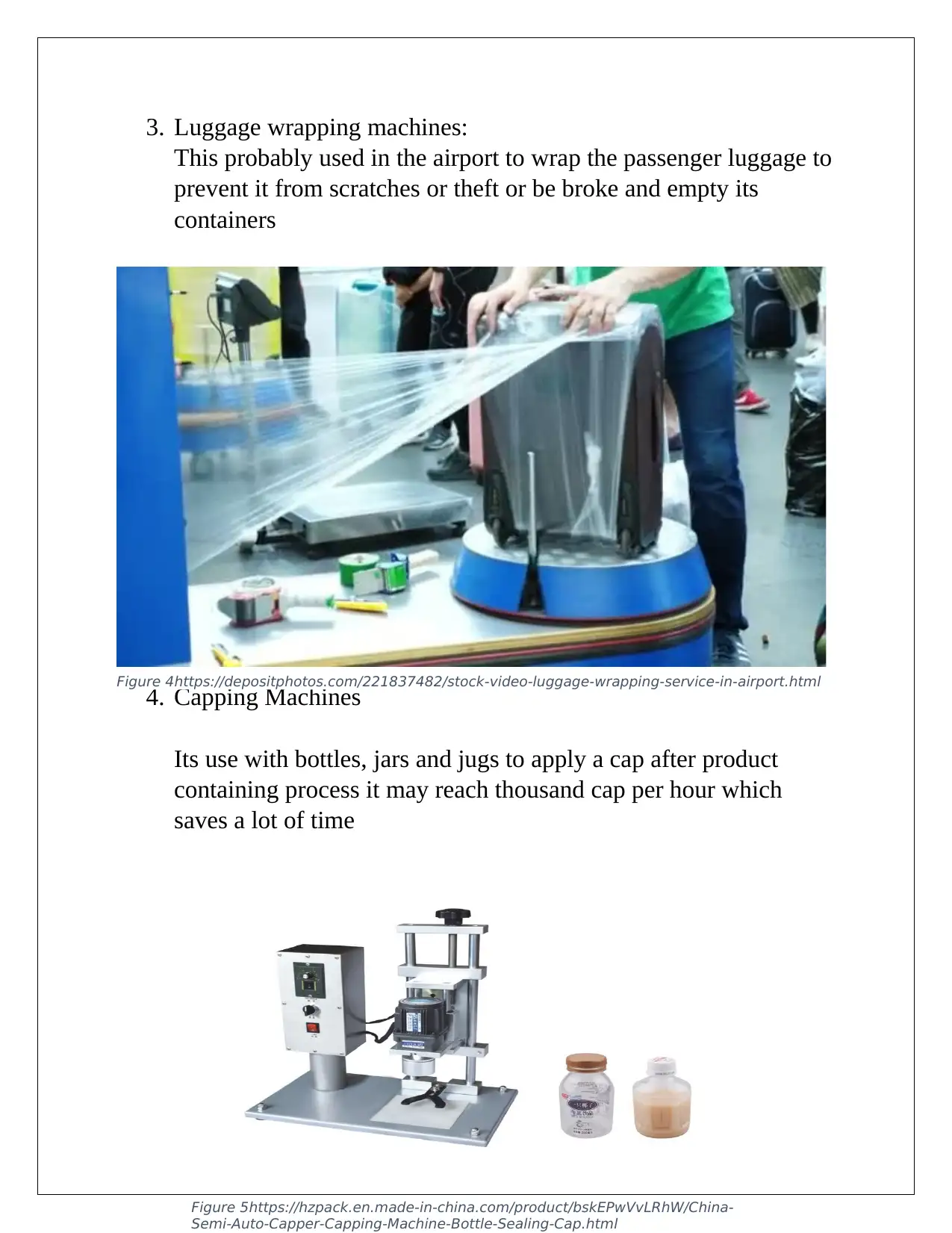

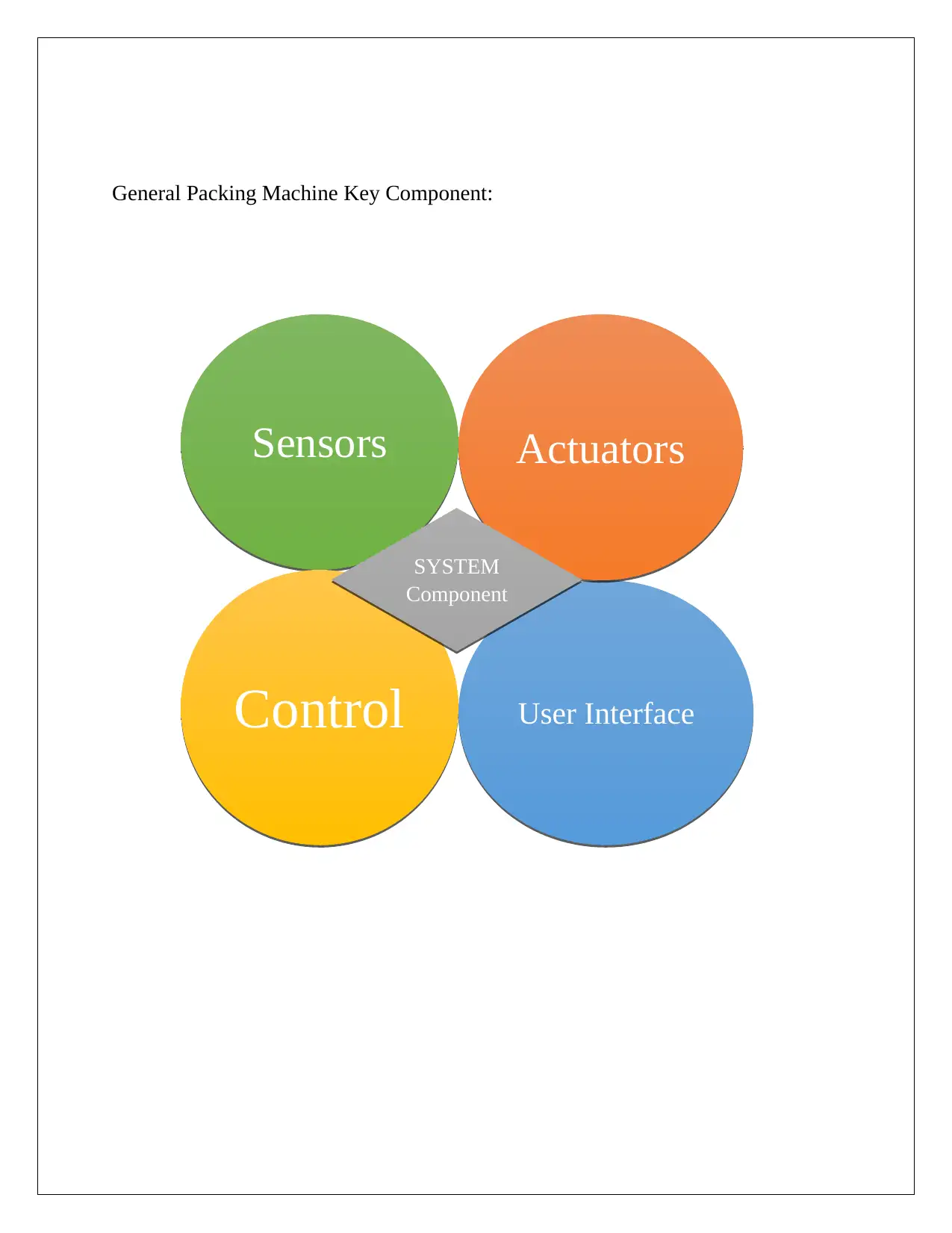
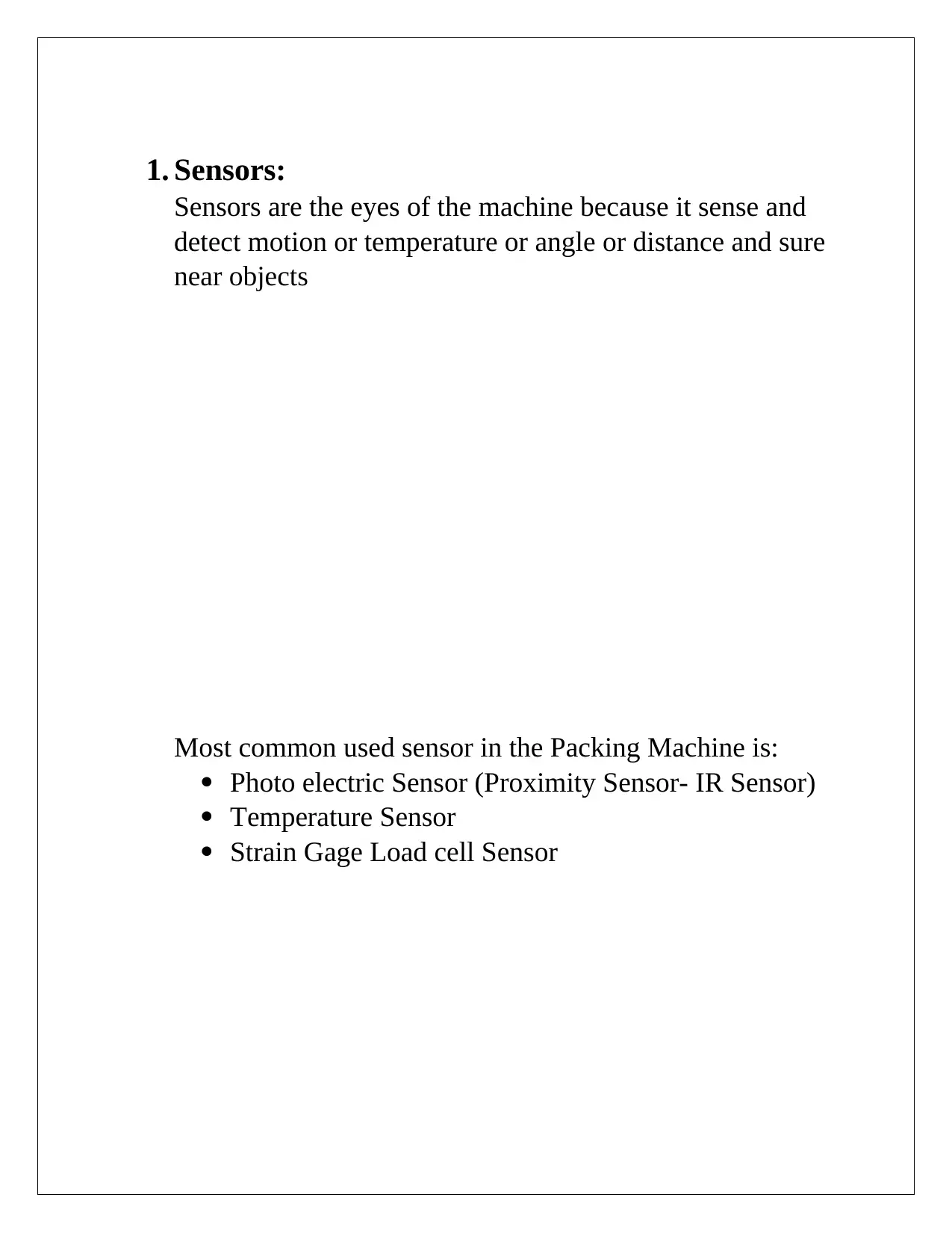
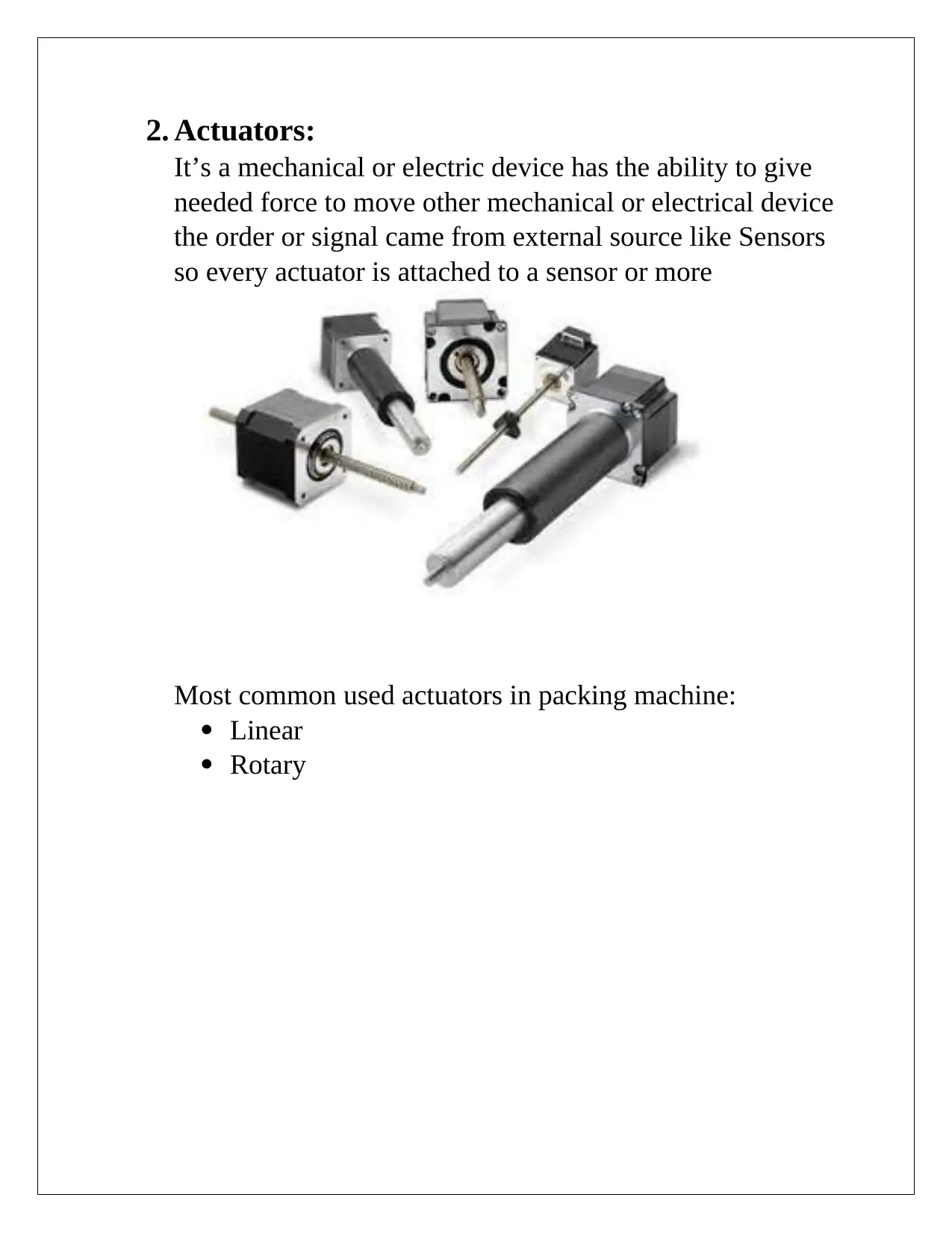
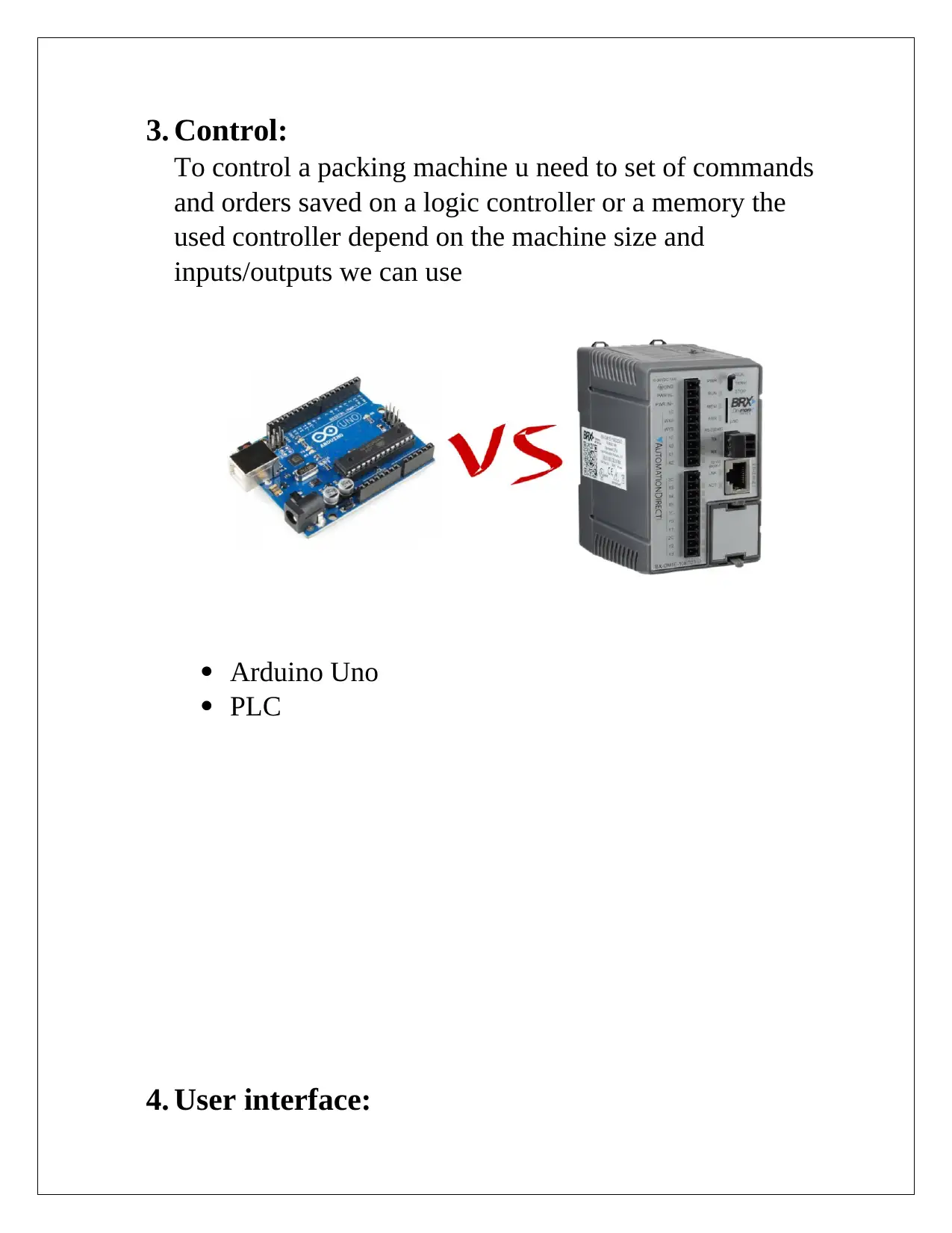
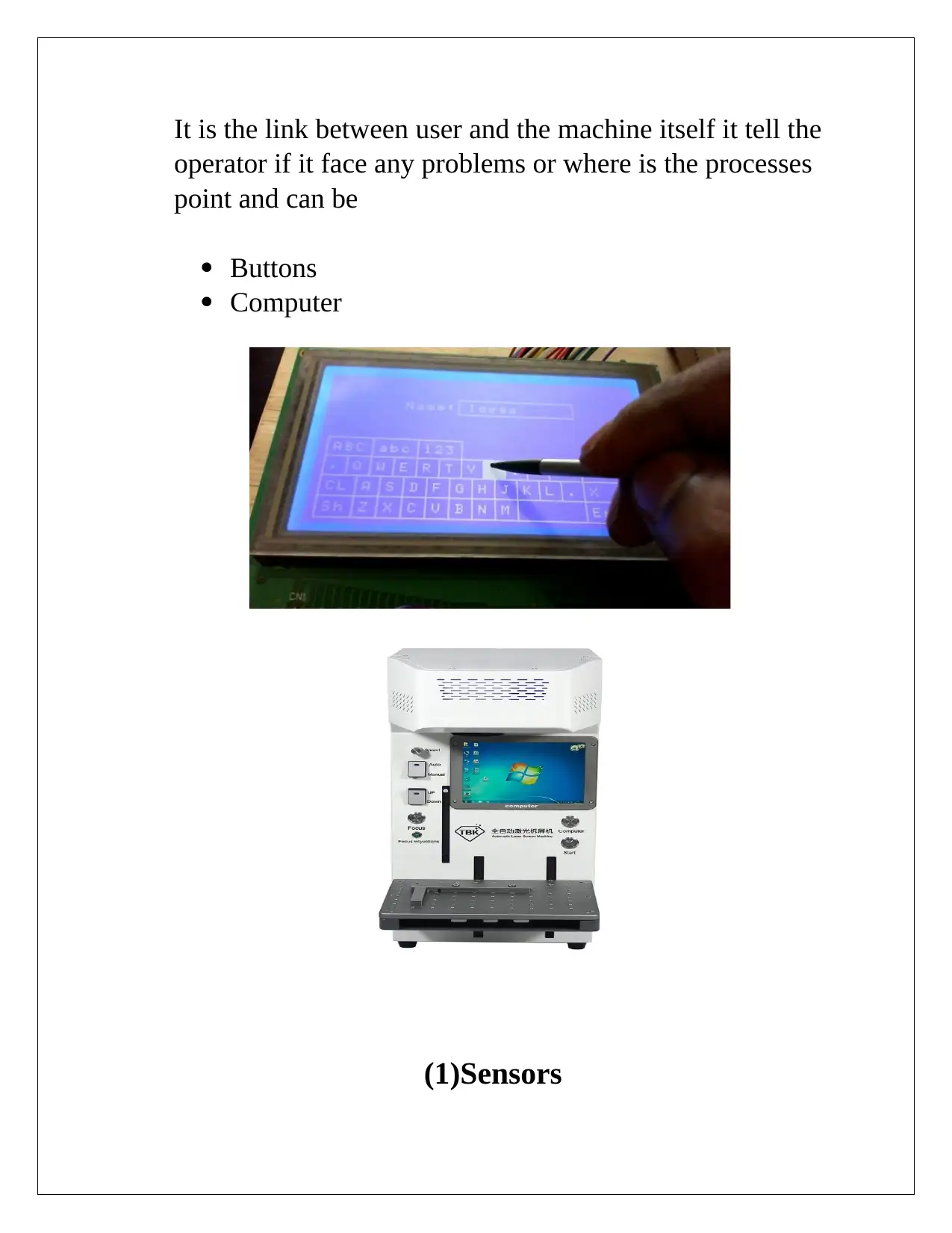
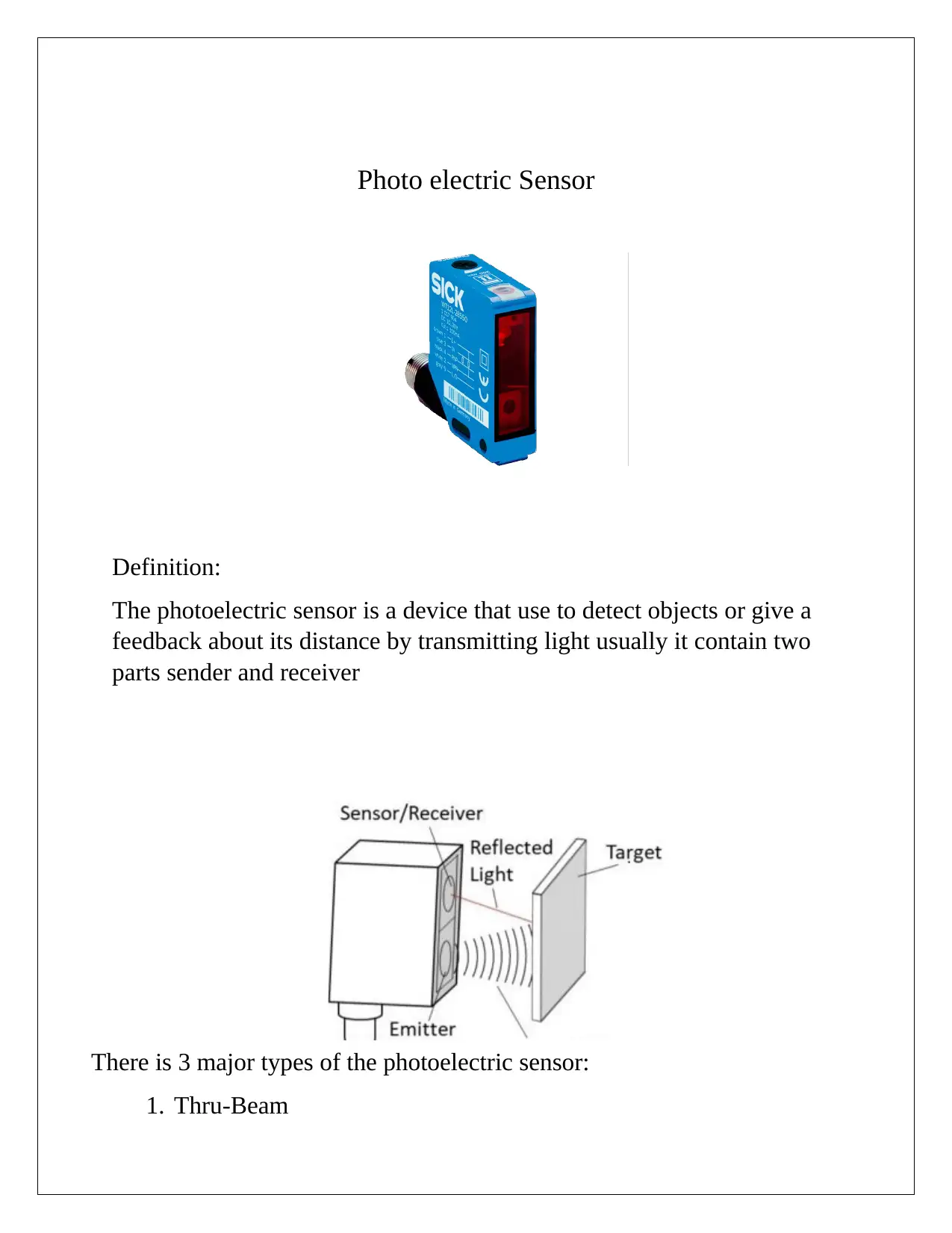
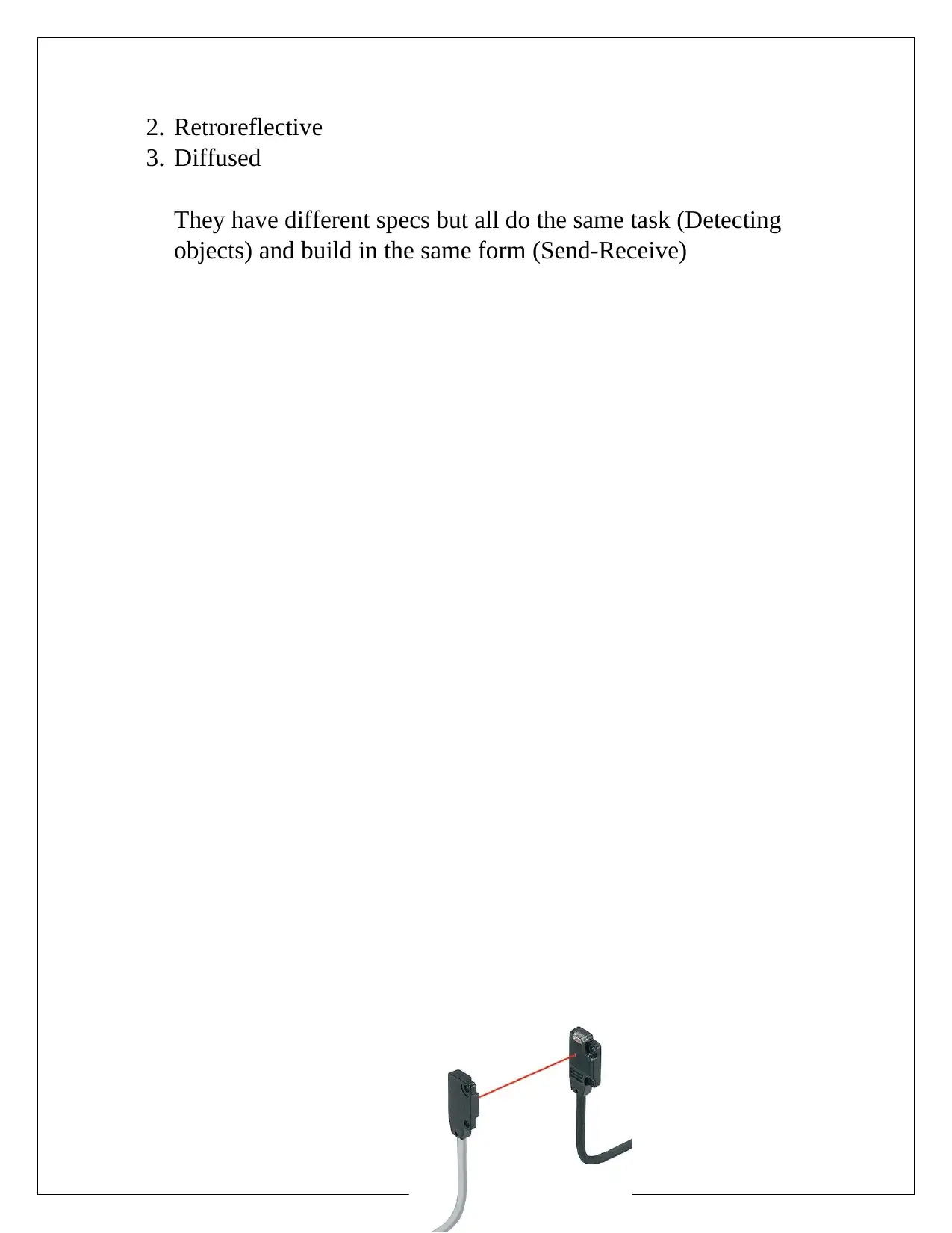
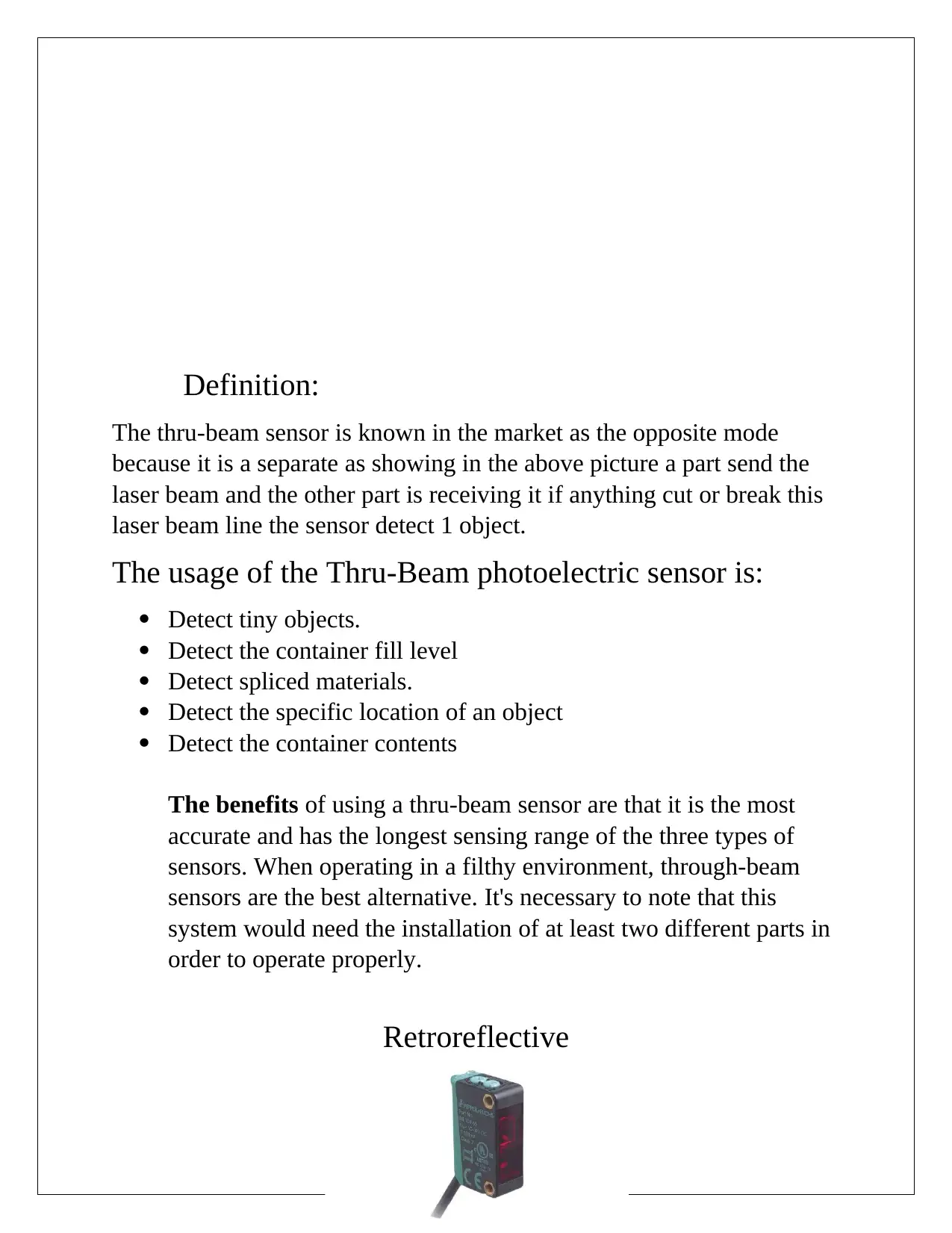
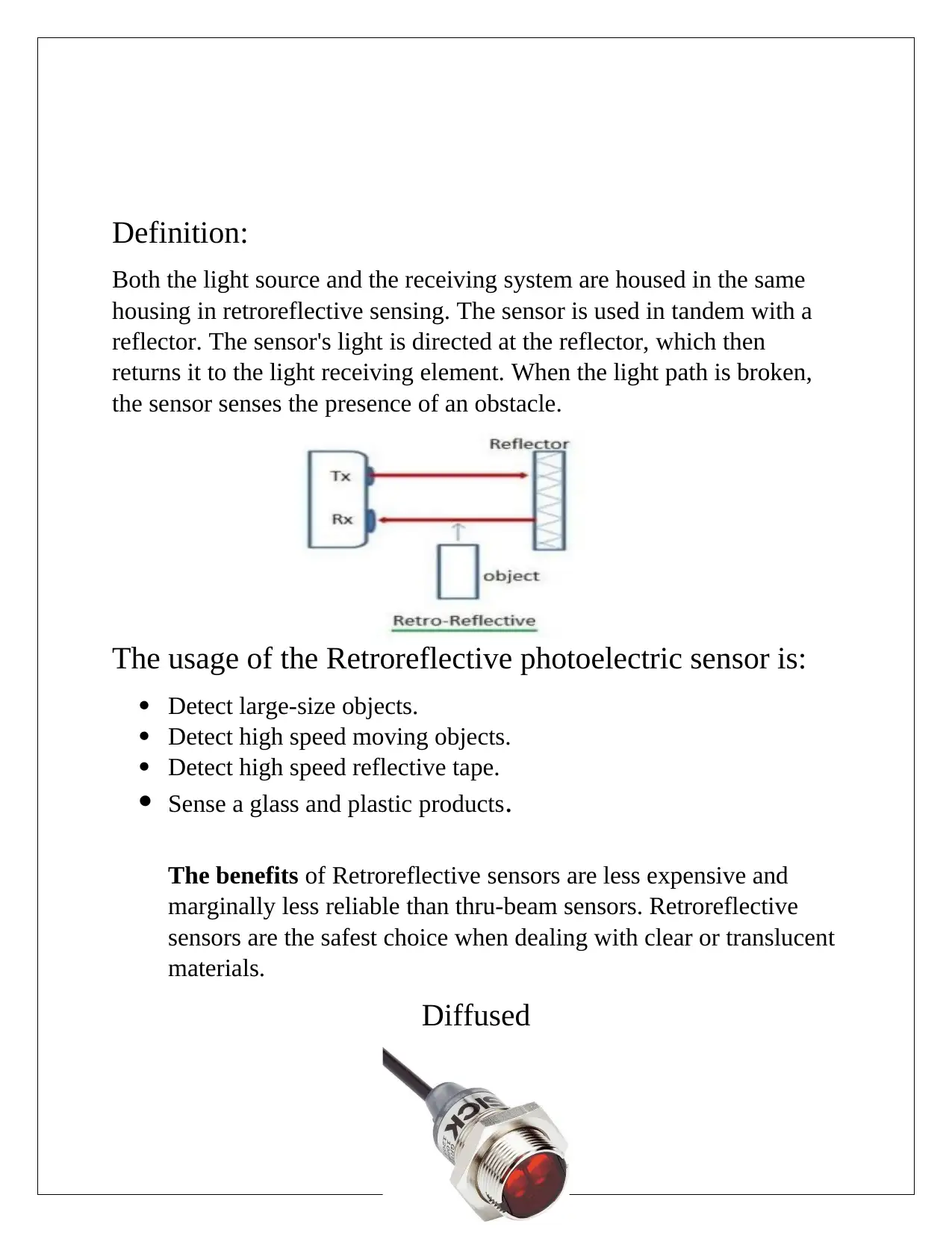
![[object Object]](/_next/static/media/star-bottom.7253800d.svg)